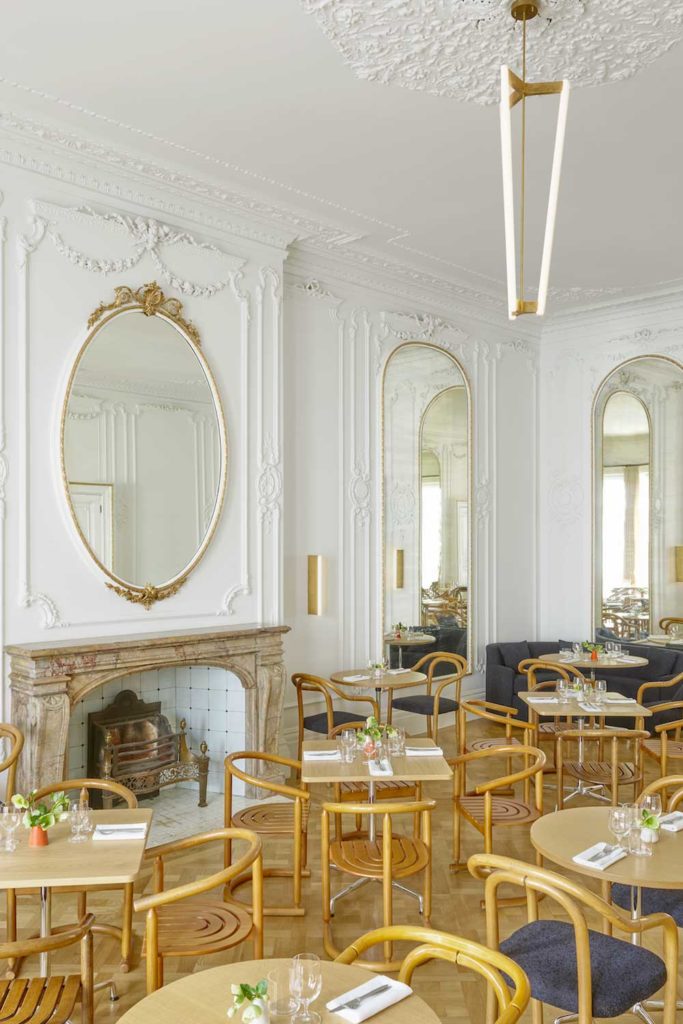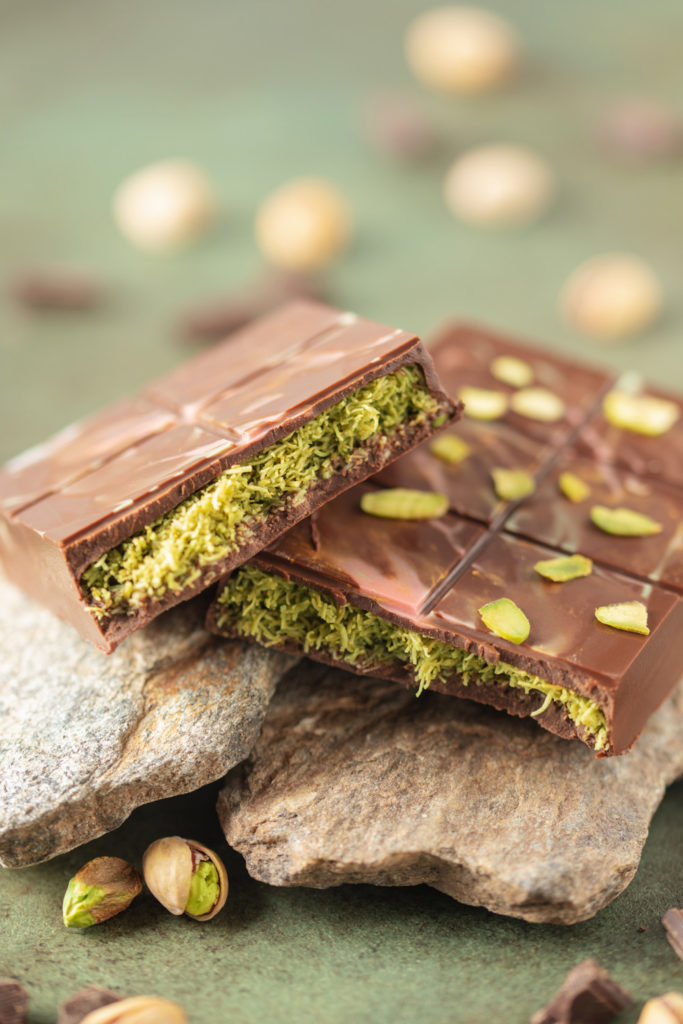Recipe: Marc Hardiman’s Ancient Grains, Wild Mushroom and Miso
By
2 years ago
A comforting veggie recipe to try this autumn
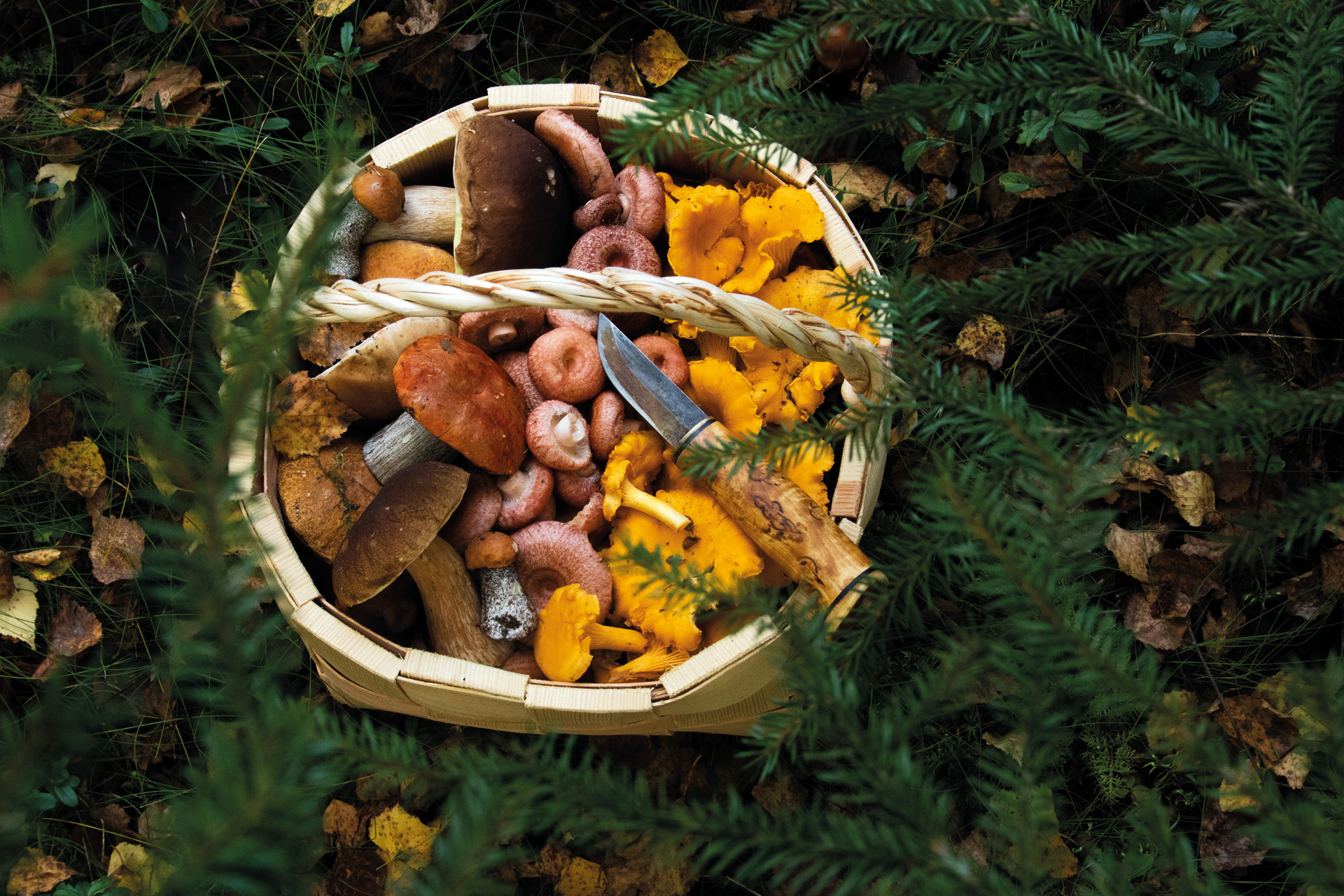
Marc Hardiman, head chef at Galvin at Windows, shares an autumnal recipe of ancient grains, wild mushroom and miso – plus chats to C&TH about burnout, foraging and connecting with nature.
Recipe: Marc Hardiman’s Ancient Grains, Wild Mushroom and Miso
Serves 4

Ingredients:
- 80g freekah
- 80g bulgur
- 80g pearl barley (pre-soaked)
- 40g farro (pre-soaked)
- 60g puffed quinoa
- 2 x medium banana shallots finely diced
- 2 cloves garlic pureed (or 10g garlic puree)
- 10g chopped tarragon
- 60g white miso paste
- 50g salted butter
- 250g mixed wild mushrooms
For mushroom stock
- 200g shiitake
- 200g button mushrooms
- 500g dried mixed mushrooms (porchini or shiitake work best)
- 100ml dark soy sauce
- 1.5ltrs water
- 2 sprigs thyme
Method
- First you will need to make the mushroom stock (you can make this the day before to allow the flavour to infuse and intensify). Tear the shiitake and button mushrooms with your hands and place in medium thick based pan, add the remainder of the ingredients and bring to the boil. Once up to the boil turn the heat down to a simmer. Place a lid and simmer for 40 minutes. Remove from the heat and allow to cool. Once chilled pass through a fine sieve, reserving the liquid.
- In a thick-based pan lightly sweat your shallots garlic with a little oil.
- Drain your pre-soaked farro and pearl barley and add them to the pan, continuously stirring. After two minutes add the bulgur and freekah, cook for a further two minutes.
- Gradually add your mushroom stock a large ladle at a time while continuously stirring. As the grains cook and soak up the liquid keeping adding a ladle at a time for approx 15 minutes or until the grains are cooked (have a slight bite).
- Clean and fry off the wild mushrooms in a little oil, season with salt and the remainder of the chopped tarragon. To serve ladle the grains into a bowl, sprinkle with the puffed quinoa and add the wild mushrooms.
Q&A with Marc Hardiman
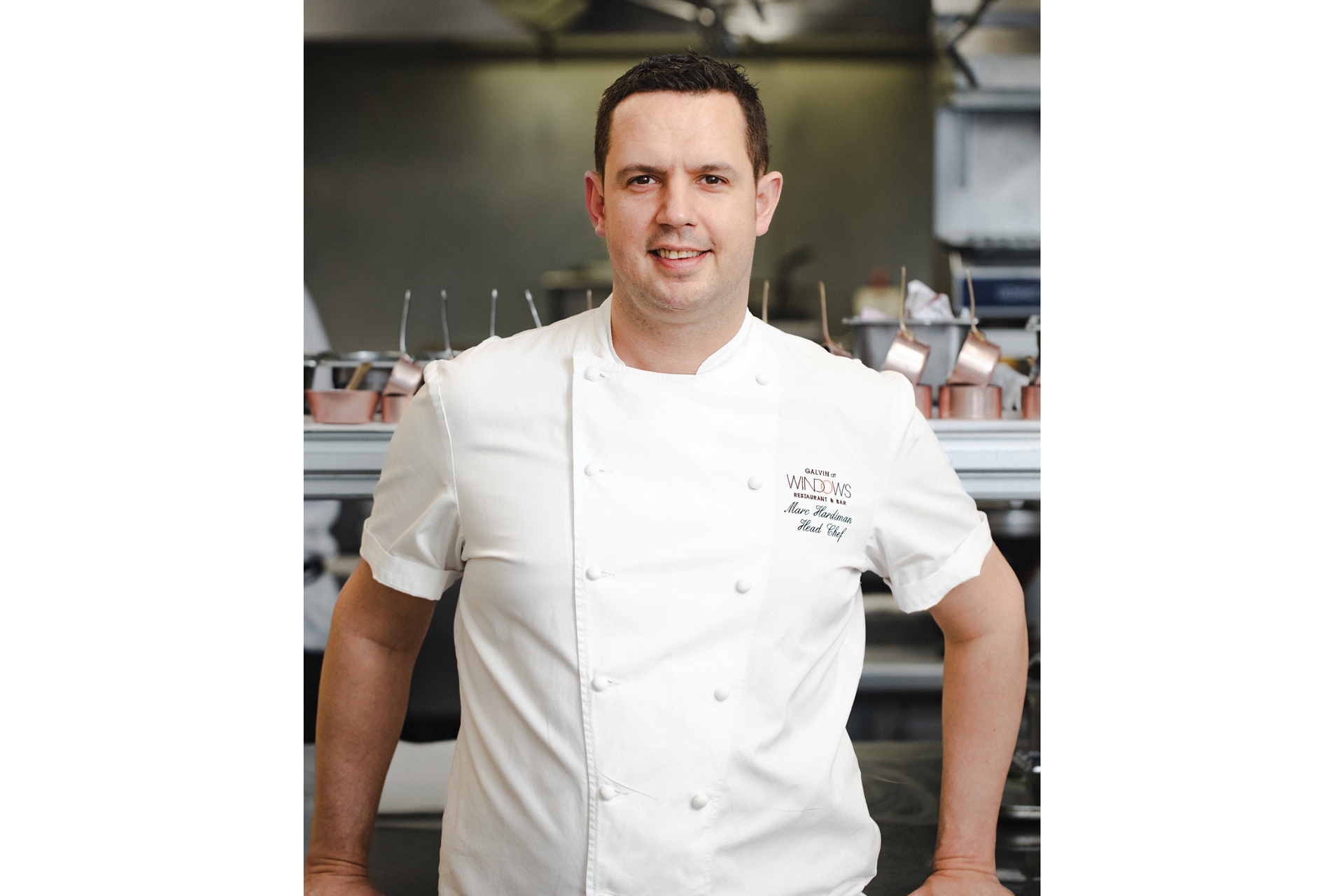
How did your love of food start?
I started cooking when I was very young; I grew up in Bristol and Bath, in the city but near the countryside. I spent a lot of time with my grandparents – my parents can’t cook, they’re quite happy for me to say it, my mum’s signature dish is spag bol from the jar. But my nana was very good. I spent a lot of time with her learning the basics. I didn’t go to college to cook – I went for hospitality management. I was sent to a restaurant called Castle House in Herefordshire for a summer placement, which at the time was the number one restaurant in the country. I went for three months, and didn’t come back for three and a half years. I then worked all over, from Manchester to Oxfordshire, London to Devon.
And what came next?
By 30, I felt like I’d achieved everything I’d wanted to. I was working a lot and wasn’t enjoying it anymore. I decided that I was going to take a year and go travelling – I moved to Australia with the idea of enjoying myself for a bit. I got there, and applied for a job at a three hat restaurant, which is the equivalent of three Michelin stars [in Australia]. I’d serve great food in the morning, and then surf and swim in the afternoon. Then I spent a year travelling Asia.
What brought you back to the UK?
Honestly, I ran out of money! I got myself a job at a hotel called Great Fosters in Surrey, and spent the next four years there. We achieved great things: we opened a second restaurant; became hotel of the year; took it to four AA red stars; and won numerous awards. It was nice to be part of somewhere so driven.
How did travelling change how you approached cooking?
I was so burnt out. I’d been head chef and exec chef at these one Michelin star places, had cooked at all levels, had had all these great jobs. And when you’re younger, I suppose you’re not as knowledgeable and you chase everything – you chase the stars and burn the candle at both ends. You think you’re invincible and bionic, and that’s not the case. After a while it takes effect. Going away gave me a renewed outlook, which in turn translated into cooking for myself – instead of cooking for the guides and what I thought people wanted. To come back and fall in love with it all over again was great. It was a really nice time in my career. I had a new outlook: before, I lived to work, whereas when I came back, I started working to live as well.
Do you feel the restaurant industry is moving towards slower practises?
I think so. Food is doing a bit of a 180. It’s much better perceived now that simpler is better: it’s all about flavour, seasonality, and people are much more aware now of the provenance of what they’re eating – and sustainability. All of this gastronomic cuisine, with the 20 plus flavours and powders and jellies and foams… It doesn’t exist anymore. Good food starts off with finding a great supplier that delivers you a great product. The better the product, the easier my job is, because the less I need to do with it. I just need to treat it with care.
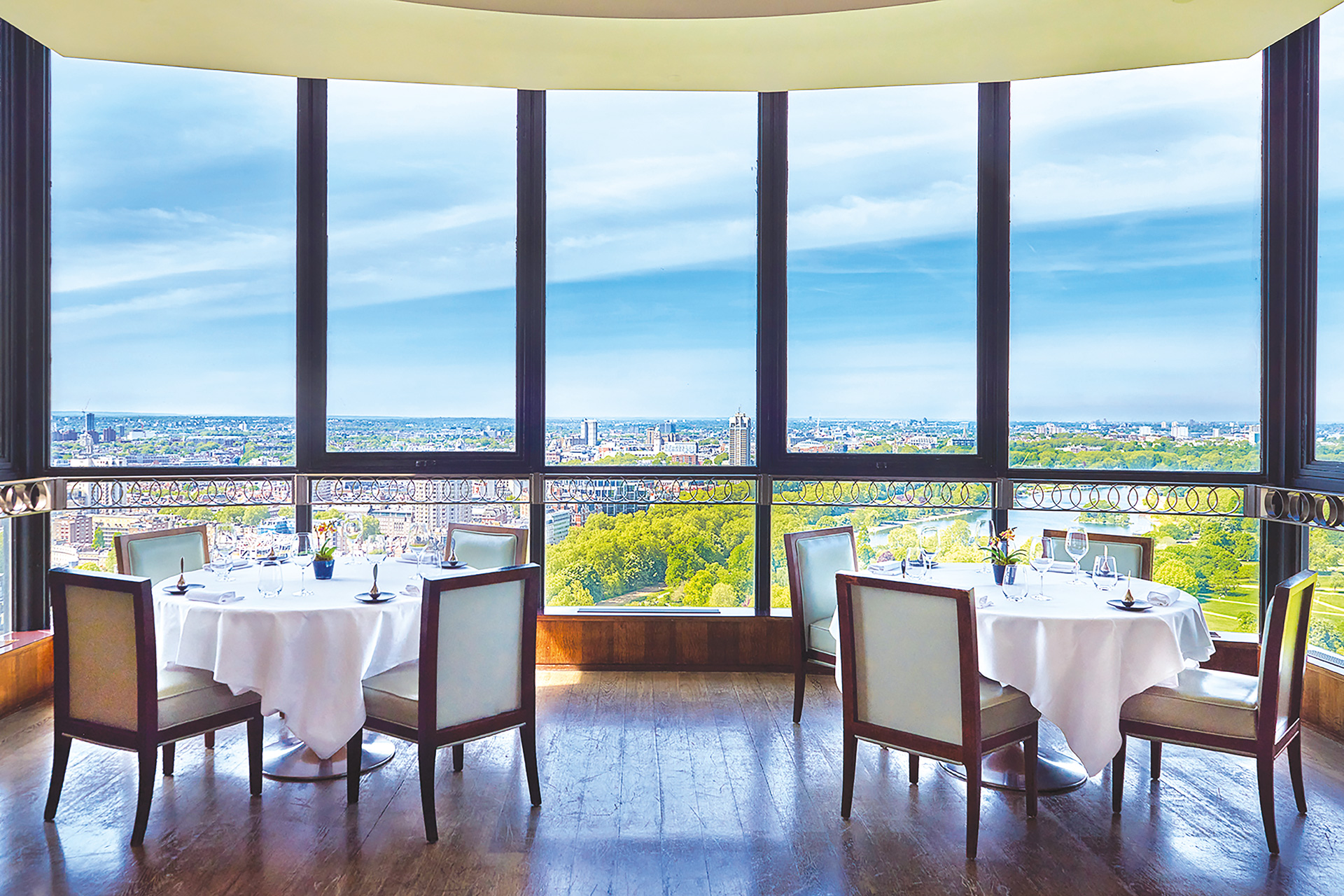
How do you embrace it?
We do a lot of foraging. I took the team a week ago. And I’ve recently had a little boy, so I’m currently spending a lot of my time walking him and my dog around Wimbledon Common – and spotting hedge garlic, etc. I always say to people that you can forage anywhere. I have free corn and garlic grown in my backyard and I walk down my street to see bronze sorrel growing.
Do you think about seasonality and sustainability a lot?
I was lucky enough to start in a great restaurant for this – and seasonality was drummed into me growing up in the countryside, too. One of the nicest things about working at Galvin at Windows is that we’re on the 28th floor, looking out over Hyde Park. I get to see the seasons change. I don’t know if it’s just the romance of food, but certainly as soon as spring starts, I love peas, and asparagus, the fresh colours. And by the end of summer I want to make stews and dumplings. We change menus regularly to work with the food seasons, because while spring might be three to four months, asparagus, for example, is only around for nine or ten weeks. So it also helps us be adaptable and able to work flexibly. You sound very connected to the rhythms of the year.
Do you feel food is a particularly special way to connect to nature?
I wouldn’t be doing what I’m doing if I didn’t believe that. Food is generally just special. I suppose that the restaurant is me telling the story of parts of my life, things that I’ve learned, and showing what we can do across the year. And seasonality plays into that, and restaurants play a big part in educating people around seasonality. There’s nothing worse than going into a restaurant in November and seeing spring veg on the menu. We get to give people a little push about what is actually good at this time of year.
What’s the first thing you’ll teach your son to cook?
Anyone new who works with me gets a little recipe card that says: ‘Chef’s Coffee’. It’s very detailed. But no, I want to teach him a Sunday roast. British beef and Yorkshire puddings. The one thing I’d like for him to grow up with is an appreciation of what you have and where it’s come from. What goes into a plate of dinner. People have given their soul to that, so please appreciate it.


